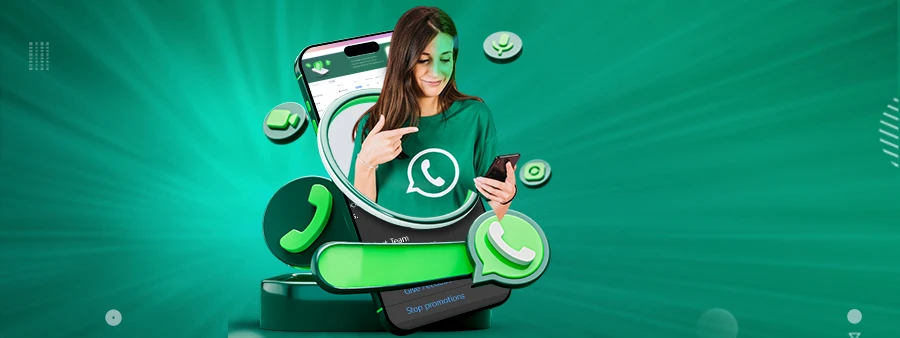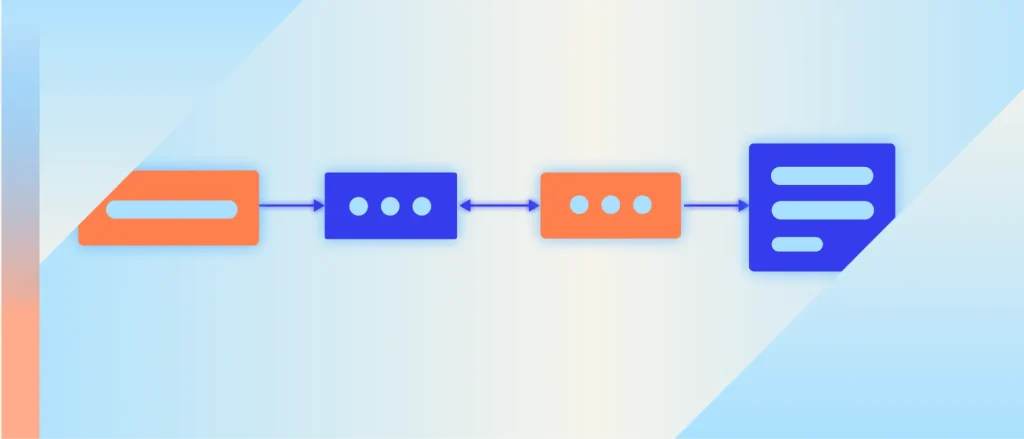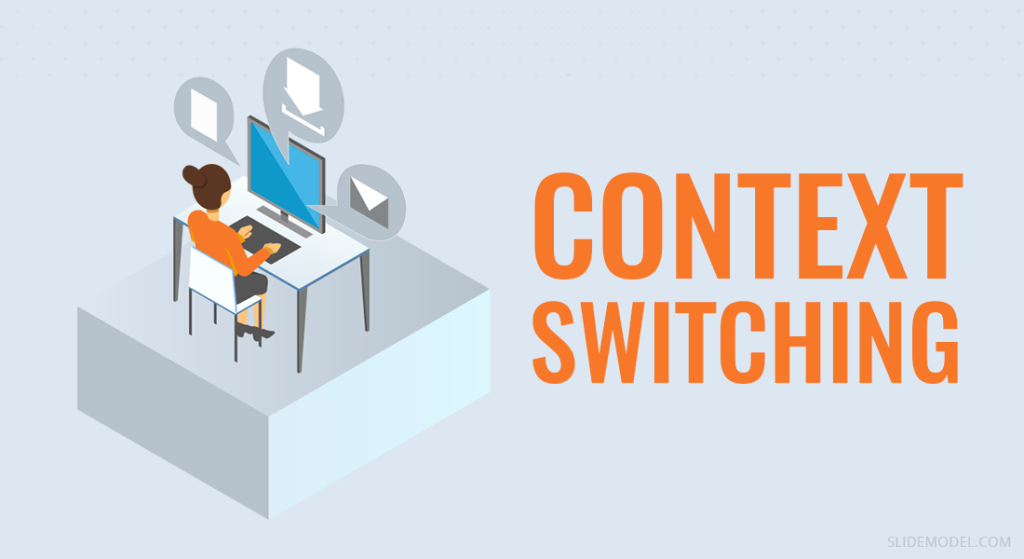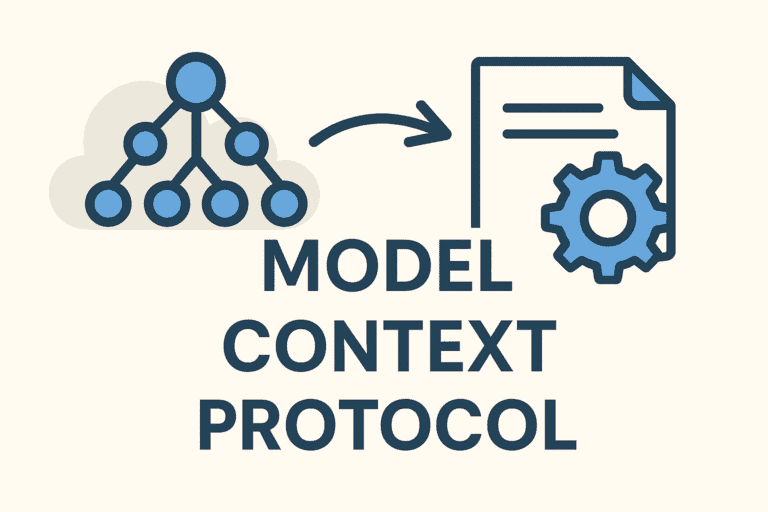In a world crowded with ads, emails, and notifications, many brands struggle to reach their customers in a way that feels personal. WhatsApp offers a special opportunity. It is a messaging app people already use daily. When you use WhatsApp for business, you can send offers, support, updates, and more — in a chat format that feels familiar and direct.
WhatsApp Business Marketing combines marketing and messaging. It means reaching people with permission, talking with them in real time, and guiding them toward taking action — whether buying, asking questions, or staying loyal. In this blog, we will explore:
What is WhatsApp Business Marketing?
Why it matters (its advantages)
Key strategies and real-world examples
Tools you can use
How to measure success
Best practices
Legal and ethical guidelines
Let’s dive in.
What Is WhatsApp Business Marketing?

WhatsApp Business Marketing is when a company uses WhatsApp to promote products, share updates, or interact with customers. It is not just broadcasting messages; it is conversational. You reach people who have given you permission (opted in). Then you send messages like:
Product announcements
Offers or discounts
Reminders (like abandoned cart)
Order status updates
Tips and educational content
Personal support
Businesses have two main WhatsApp options:
WhatsApp Business App – meant for small businesses or individuals. It allows a business profile, labels (tags), quick replies, catalogs, etc.
WhatsApp Business Platform / API – useful for medium to large businesses. It allows automation, integrations, more control, and scalability.
Crucially: you must follow WhatsApp’s rules. You can only send promotional or marketing messages to people who have opted in. Unsolicited messages risk being flagged as spam or banned.
Why Use WhatsApp for Marketing?

WhatsApp offers several benefits that make it a powerful tool:
High Engagement
Messages on WhatsApp typically get very high open rates — far more than email. Many people read them within minutes. Because the message arrives in a chat context (next to messages from friends), it feels more personal and less like an advertisement.
Rich Media & Interactivity
You can send images, videos, PDFs, voice notes, GIFs, and more. With the API, you can also add buttons like “Yes / No,” “Buy Now,” or “View Catalog.” This interactive approach helps drive action.
Two-Way, Real-Time Communication
Unlike email or push notifications, WhatsApp allows back-and-forth conversation. If a customer has a question, they can reply immediately. That reduces friction — the moment someone is interested, you can respond and convert.
Trust & Security
WhatsApp messages are end-to-end encrypted. Also, when businesses are verified (with a green badge), customers tend to trust them more. Using real phone numbers and profiles adds authenticity.
Cost-Effective
The WhatsApp Business App is free for basic use, and even when using the API or third-party tools, the cost is often lower than SMS or paid ads. You don’t need to invest in flashy ad creatives.
Fits in an Omnichannel Strategy
You can still use email, social media, web, and ads — but WhatsApp becomes a direct communication channel. Many CRMs now support integration with WhatsApp, so conversations and campaigns can be managed together.
Key Strategies & Real-World Examples

Let’s look at how to use WhatsApp well in marketing, and see some examples that show results.
Build an Opt-in List
You cannot send marketing messages to random phone numbers. You must get permission first. That makes your WhatsApp list high quality.
Ways to build opt-ins:
Add a checkbox during checkout (e.g. “Receive updates via WhatsApp”)
Use website pop-ups or landing pages offering a reward (discount, guide) in return for WhatsApp subscription
Use your social media (Instagram, Facebook) to drive people to click-to-chat or sign-up links
Use QR codes in physical stores or on packaging, linking directly to a WhatsApp opt-in
In event or webinar registration, ask users to opt in to WhatsApp reminders or bonus content
In all cases, tell them clearly what they will receive: “order updates, special deals, tips” etc.
Personalize Promotions
Because WhatsApp is more direct, generic messages don’t work well. You need to tailor messages based on who the customer is or what they’ve done.
To do that:
Segment your opted-in contacts by behavior, purchase history, interests, location, etc.
Use tags or labels (e.g. “VIP”, “New customer”, “Electronics buyer”)
Send different messages to each segment. For example, send birthday offers, or suggest products based on past purchases
Use localized messages (if your business ships to different regions)
Example
A fashion brand used WhatsApp Platform to send personalized welcome messages, abandoned cart messages, and targeted promotions. The brand saw:
10× increase in new customer conversions
6× increase in abandoned cart conversions compared to email
Product Launch Broadcasts
When you launch something new, you want immediate attention. Sending a broadcast message via WhatsApp is more direct than posting on social media.
What a good launch broadcast might include:
A short, compelling message (“We’ve just launched a new product!”)
Clear call-to-action (CTA): “Tap here to view” or “Reply YES for a sneak peek”
Image or video to show the product
Some exclusivity (“Available to WhatsApp subscribers for the next 24 hours”)
A teaser before the launch (“Tomorrow at 10 AM…”)
You can combine labels with broadcast lists: send a different version to VIPs, early buyers, or first-time users.
Automate Follow-Ups & Nurture Sequences
People often leave items in carts or delay action. You can use automation and workflows to re-engage them.
Some automations to set up:
Abandoned cart reminders: If a customer leaves items, send a follow-up message after a time delay
Shipping & delivery updates: Notify customers as their order moves through stages
Review requests: After a purchase, send a message asking for a review
Lead nurturing sequences: For warm leads, send a series of content messages to build trust
Smart auto-replies: If a user messages outside business hours, send an automated reply and possible fallback to FAQs
Automation helps you scale and maintain consistent follow-up without needing to manually message each person.
Use Content Marketing via WhatsApp
Instead of waiting for customers to contact you, proactively engage them with useful content:
Send short “how-to” tips
Share FAQs, guides, usage ideas
Turn longer content (blogs, articles) into bite-sized messages
Use multimedia (videos, images) to make content interesting
Example
A skincare brand ran a lipstick-day campaign. They asked customers to select their preferred type. Then they sent a video and personalized advice. The results:
4.5× higher open rate than email
7× higher conversion rate than email
Content marketing via WhatsApp builds a conversational connection and nurtures trust.
Tools for WhatsApp Business Marketing

Depending on the size of your business and needs, you can choose from simple to advanced tools.
WhatsApp Business App
Ideal for small businesses:
Free and easy to set up
Supports business profiles (with description, address, business hours)
Allows quick replies, labels, catalogs, greeting messages
Good for basic conversations and small broadcasts
However, it has limitations when you want to scale, automate, or integrate with systems.
WhatsApp Business Platform / API
Better for medium or larger businesses that want automation, integration, and higher sending volume.
With the API, you can:
Send messages programmatically
Trigger messages from events (cart abandonment, order status)
Automate workflows and chatbots
Use preapproved templates for outbound messages
Connect to CRM, helpdesk, ecommerce tools
Get analytics for delivery, opens, replies, etc.
To use the API, you often go through Business Solution Providers (BSPs). They charge per message or with monthly fees. Also, green badge verification (verified business) comes only through the API.
Some popular third-party tools:
Brevo (combines WhatsApp, email, SMS)
Respond.io (omnichannel CRM)
MessageBird
Gupshup
WATI, Interakt, etc.
These tools help you build, manage, and monitor campaigns across channels.
Measuring Your Success

You should treat WhatsApp marketing like any other campaign—track data and make choices based on what works. Measure both quantitative and qualitative metrics.
Quantitative Metrics
Delivery rate: How many messages reached recipients
Opt-out or block rate: How many users unsubscribed or blocked
Open rate: How many read the message
Click-through rate (CTR): For messages with links, how many clicked
Response rate: How many replied (shows engagement)
Conversion rate: How many took the desired action (buying, signing up)
New leads generated: Number of prospects identified via WhatsApp
Cost per conversion: Amount spent divided by conversions
If any of these show red flags (e.g. high unsubscribe rate), reevaluate your content, frequency, or targeting.
Qualitative Insight
Numbers show what happened. But to know why, you need to read conversations and listen to feedback.
Look for common customer questions or objections
Pay attention to sentiment (positive, negative, neutral)
Note suggestions or complaints that appear often
Understand tone: are people happy, confused, or unhappy?
Using both metrics and qualitative analysis helps refine your strategy over time.
Best Practices for WhatsApp Business Marketing
To make your WhatsApp marketing work well (and avoid mistakes), follow these guidelines:
1. Treat WhatsApp like a relationship channel
It is not about blasting ads. Be helpful, friendly, and conversational. Share something valuable: tips, important updates, or exclusive offers. Avoid hard selling in every message.
2. Segment your audience
Don’t send the same message to everyone. Use behavior, demographics, or purchase history to group contacts. Then tailor messages accordingly.
3. Design mini funnels (flows)
Instead of sending one-off messages, use sequences:
First message: awareness
Second: education or consideration
Third: an offer or call to action
Map out flows so each message leads naturally to the next.
4. Scale with automation — but carefully
Let automation handle routine tasks (reminders, updates, follow-ups). But don’t overdo it. Avoid sending many messages at once, using large files, or using suspicious short links. Don’t spam with all caps or too many emojis.
5. Always have one clear call to action
Each message should aim for one action: click, reply, view a product, etc. Don’t confuse customers by asking for multiple things in one message.
6. Make opt-out easy
Always include a way for people to stop receiving messages. For example: “Reply STOP to unsubscribe.” Monitor opt-out rates and adjust if too many people leave.
7. Respect timing and frequency
Don’t message too often. Avoid sending at odd times (late night, very early). Be mindful of time zones and customer preferences.
8. Use approved templates (for API / outbound)
When sending promotional messages via API you often need preapproved message templates. Use those to stay compliant.
9. Test, learn, and iterate
Try different subject lines, message formats, media, and timing. Monitor performance, learn from mistakes, and refine your campaigns.
Legal & Ethical Guidelines
Using WhatsApp for marketing brings responsibilities. If you don’t follow rules, you risk losing your account or trust.
Here are key guidelines:
Consent / Opt-in required — Never message people who haven’t agreed
Follow platform policies — Abide by WhatsApp’s Business & Commerce Policies
Avoid spam — Unsolicited, aggressive, or repeated promotions can be flagged
Comply with privacy laws — If you collect data (names, numbers), follow data protection laws in your region (e.g. GDPR, CCPA, PDPA)
Use secure storage — Keep user data safe, encrypted, and with limited access
Use approved templates (for outbound) — Don’t send free-form promotional content without approval in some cases
Honor opt-outs — Stop sending messages once someone unsubscribes
Be transparent — Let users know what kinds of messages they’ll receive
By staying on the right side of law and policy, you protect your brand and your ability to keep using WhatsApp.
Putting It All Together: A Sample Flow for a Campaign
Let me walk you through an example from start to finish. Suppose you run an online fashion store, and you are launching a new summer line.
Build your opt-ins
On checkout, add a checkbox: “Get WhatsApp updates and early access”
On your homepage, use a pop-up offering 10% off for WhatsApp subscribers
In Instagram stories, promote a click-to-chat button to subscribe
Segment contacts
You label contacts into:
New customers
Repeat buyers
Lapsed (haven’t bought in 3 months)
Interest-based (e.g. “summer wear”)
Pre-launch teasers
A few days before launch, send teaser messages:
“Something new is coming — stay tuned”
“Reply YES to get early access”
Launch broadcast
Send a short message: “Our summer collection is here! Check your WhatsApp now.” Include image, a button “Shop Now,” and mention exclusivity (e.g. early access for WhatsApp users).
Follow-up sequences
After 24 hours: send a reminder to those who didn’t open
After 48 hours: send a limited-time discount
After 72 hours: send a last-chance message
Meanwhile, automate:
Shipping confirmation messages
Review requests a few days after purchase
Tips or styling guides for the items purchased
Content engagement
Along with promotions, send messages like:
“3 ways to style your new summer dress”
“How to care for linen clothes”
“What’s trending this season”
Analyze & refine
Track delivery, open rate, responses, opt-outs, conversions. Read the conversation logs. Find which messages performed best, and refine your next campaign.
Challenges & Tips to Avoid Mistakes
No strategy is perfect. Here are some pitfalls and how to avoid them:
Too many messages: This frustrates users. Stick to a schedule.
Weak or unclear CTA: If customers don’t know what to do, they won’t act.
Generic content: Personalization matters in a chat context.
Poor timing: Sending messages at odd hours will annoy people.
Broken links or media: Always test before sending.
Not handling replies: If users reply and you ignore them, trust erodes.
Ignoring negative feedback: Use feedback to improve.
Violating rules: Could lead to suspension or blocking. Always stay compliant.
Grow Your Business With WhatsApp Marketing and Corexta
WhatsApp Business Marketing lets you connect with customers in a space they trust and use every day. But handling content creation, campaign planning, and team communication across multiple tools can quickly get messy.
That’s where Corexta steps in. Corexta simplifies your WhatsApp marketing by bringing everything — from scheduling to team collaboration — into one clear, organized workspace. Its Calendar View helps you see exactly what’s planned, while Corexta Chat allows your team to coordinate, share updates, and approve content in real time.
With Corexta Dashboards, tracking campaign performance becomes effortless. You can measure results, monitor progress, and take quick action when needed.
Corexta turns WhatsApp marketing chaos into clarity, helping your team work faster and smarter. Ready to plan your next campaign with confidence? Try Corexta today.
Conclusion
WhatsApp Business Marketing gives brands a way to talk to customers where they already spend time — in chat. It is personal, immediate, and powerful. But it also demands care, respect, and thoughtfulness. You must win permission, send useful content, and measure your results.
Here’s a quick checklist you can use:
Build opt-in lists ethically
Segment contacts
Personalize your messages
Automate key workflows (cart reminders, shipping, follow-up)
Use content to build trust, not just sell
Measure results (opens, replies, conversions)
Respect legal and platform rules
Always include a clear call to action
Let people opt out easily
If you do it well — combining value, conversation, and careful execution — WhatsApp marketing can become one of your most effective and trusted channels.









